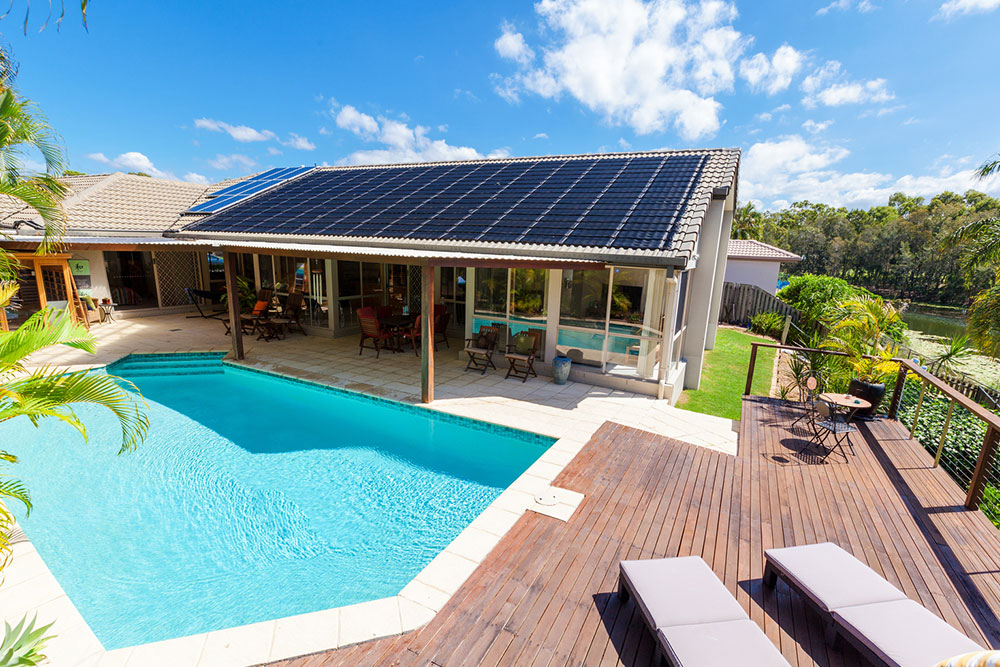Solar Homes in Japan – Costs and Benefits
In recent news from Japan, it has been announced that all new homes built from 2025 onwards will be required to install rooftop solar panels. This is a significant step taken towards sustainability, and is aimed at reducing the impact on the environment and helping individuals significantly reduce their home electricity bill. Homeowners and buyers need to acquaint themselves with the costs, benefits, and other relevant information associated with solar panels to make informed decisions.
The Tokyo Mandate
This is the first Japanese city to implement this change for the construction of new houses. The government has made it mandatory for 50 big construction companies that handle most of the work in the region to install this rooftop solar panel on their buildings.

The decision to use clean, renewable energy comes after the increased dependence on coal for energy. This dependency increased due to the dramatic scale-down of emissions-free nuclear power after the 2011 Fukushima nuclear disaster. With this move, the officials think they can cut the emissions by half by 2030. According to reports, households account for 30 percent of the city’s energy use, which will greatly help supply and take the pressure off the power grid.
What are solar panels?
Solar panels are attached to the house’s roof or any other structure not covered by a shade and have many squares, each called a module.
How it works
The photovoltaic power generation system uses the boundless energy source from the sun to turn the light energy into electricity. The solar cells in the panels are made from semiconductors like silicon, which are responsible for generating electricity in response to the intensity of the sunlight received on the cells. When the light hits the cells, the electrons move in the semiconductor, known as the photovoltaic or photoelectric effect, which is used to generate electricity.
Japanese technology
There are reports that the Ministry of Economy, Trade and Industry will also set a different price to encourage the use and investment in Japanese-born technology. The price of energy produced by perovskite cells will be set at 10 yen per kilowatt-hour or more, which is higher than the current level of solar power. This change will occur around 2025.
The benefit of using these perovskite cells is that they are more feasible to install on places like building walls or windows than regular solar panels. Since Japan struggles with small land areas, it needs technology that is more viable to suit its buildings, especially the urban population. With the government’s help, perovskite technology can also help in the development of new power generation sites throughout the region.
Solar panel costing
According to some reports, here are some of the prices to expect from some of the big solar energy companies:
- Solar frontier is 203,500 yen per 1Kw
- Panasonic is 200,000 yen per 1Kw
- SHARP is 341,000 yen per 1Kw
- CanadianSolar is 164,000 yen per 1Kw
- KYOCERA is 260,700 yen per 1Kw
- CIC is 175,000 yen per 1Kw
- Q.CELLS is 188,000 yen per 1Kw
- SUNTECH is 341,000 yen per 1Kw
- Hanwha Solar is 228,910 yen per 1Kw
- Trina Solar is 264,000 yen per 1Kw
Benefits of using solar power
- It is almost like having one’s own power grid so one may not get affected by the city’s electricity supply. If there is a disruption in the power, one can still use the electricity to keep the energy going, which is a huge plus in case there is a city-wide blackout. There is battery storage, called solar plus storage systems, that help store the energy created with the help of the solar panels.
- These solar panels work in most climates. The only thing they need is sunlight, so even though there may be less sunlight during winter, they would still be an ideal choice as they could generate sufficient energy for small homes in urban spaces. In Japan, since daylight is still 8 hours in winter, this could be a good enough time to generate the needed electricity.
- With the new Japanese technology, solar panels do not just need to be on the roof; they can also be on the walls and windows, which means that there are more cells to generate electricity for homes. Investment in this technology will yield more renewable energy with a much lesser carbon footprint.

